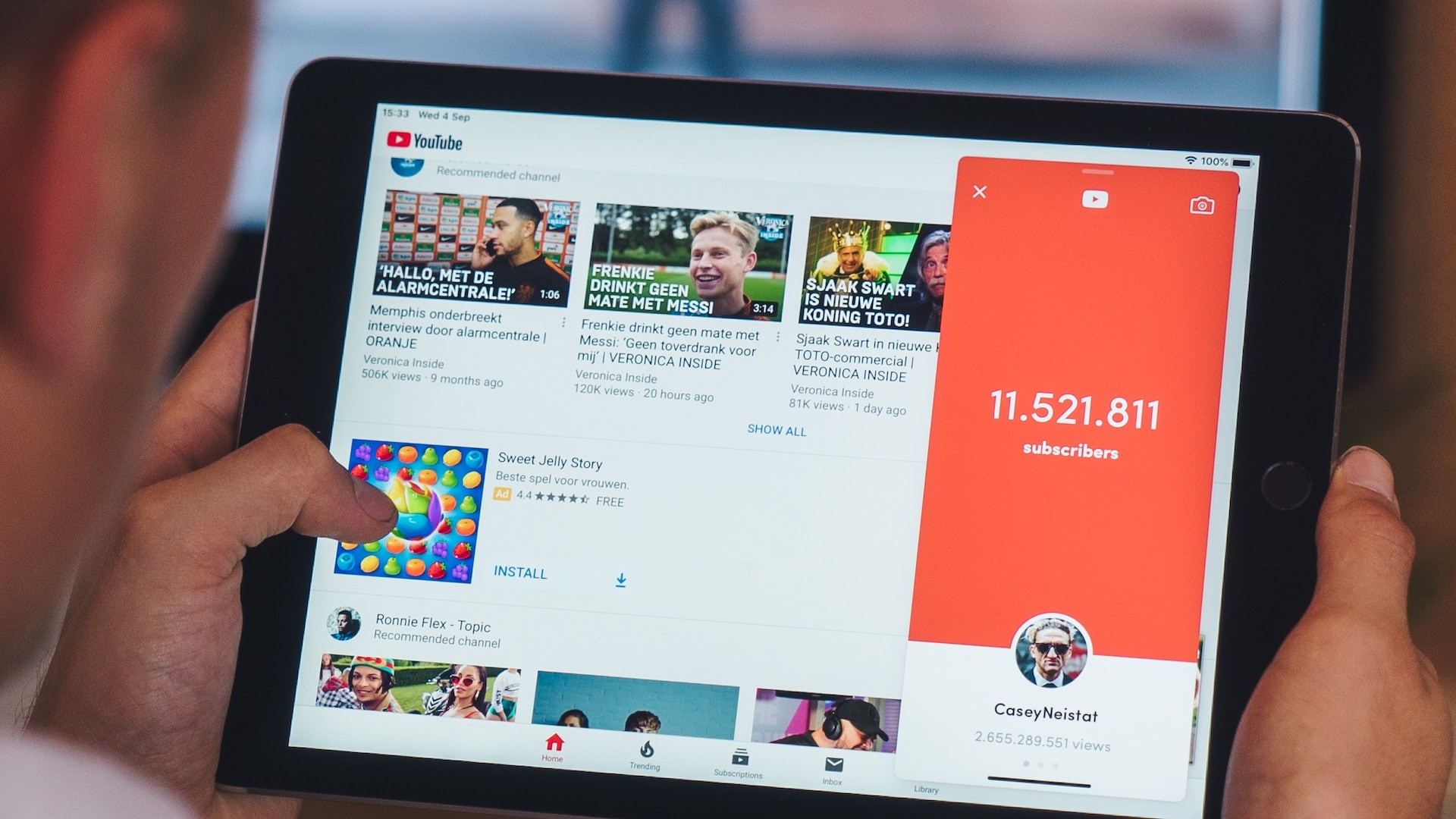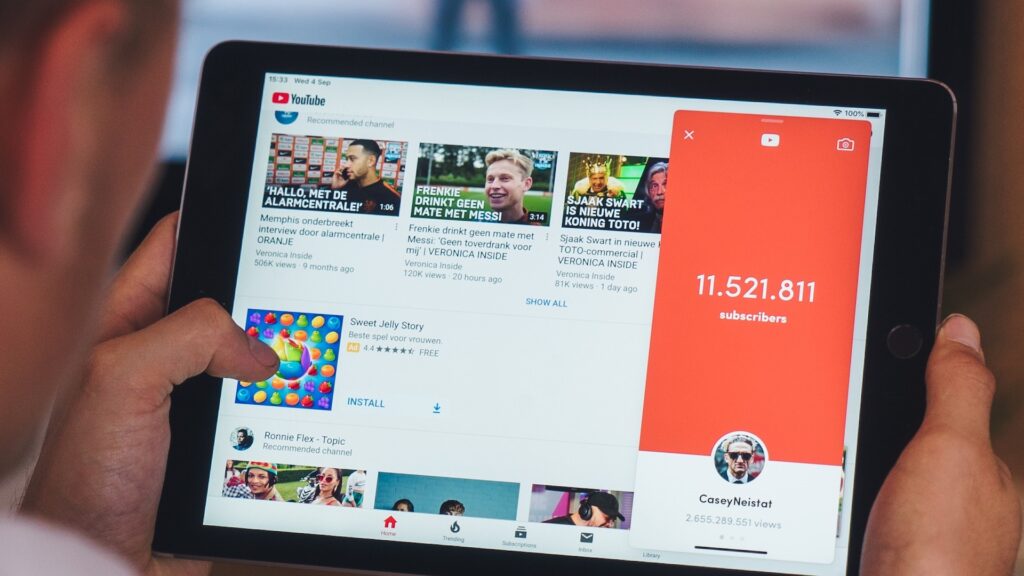

Programmatic in Digital Advertising
By leveraging technology and data-driven insights, programmatic marketing enables advertisers to deliver highly targeted and personalized messages at scale. In this article, we’ll delve into the intricacies of programmatic marketing and explore how it’s revolutionizing the advertising landscape.
What is Programmatic Marketing?
At its core, programmatic marketing involves using automated technology to purchase and optimize digital ad placements in real-time. This method replaces traditional manual processes, eliminating the need for negotiation and manual insertion orders. Instead, it relies on algorithms and data to ensure that ads are shown to the right people, in the right context, at the right time.

Key Elements
1. Real-time Bidding (RTB):
Programmatic marketing’s core is RTB, enabling real-time bidding on ad inventory. When users visit a site, their data is analyzed, allowing advertisers to bid on relevant ad placements instantly.
2. Data-Driven Insights:
Data shapes programmatic marketing. Advertisers use demographics, browsing, and purchase data to tailor ads to specific audience segments.
3. Ad Exchanges, demand-side platforms (DSPs) and supply-side platforms (SSPs):
Ad exchanges offer ad inventory, while DSPs help manage campaigns, refine targeting, and optimize bids, streamlining processes. SSPs enable publishers to manage and optimize their advertising inventory for programmatic buying.
4. AI and Machine Learning:
AI and machine learning optimize bidding, identify top-performing placements, and personalize ad content using user behavior data.
How does it work?
Programmatic marketing utilizes automated technology and algorithms to streamline the buying and selling of ad inventory in real-time auctions. Advertisers use Demand-side Platforms (DSPs) to specify their target audience, budget, and campaign goals. The DSPs then bid for ad impressions on ad exchanges, where publishers make their inventory available through Supply-side Platforms (SSPs). The highest bidder wins the auction and their ad is instantly displayed to the targeted user. This automated process allows for precise targeting, efficient campaign management, and effective optimization, resulting in more relevant and impactful advertising experiences.

Advantages of Programmatic Marketing
1. Precision Targeting: Programmatic marketing allows for hyper-targeted campaigns, ensuring your ads reach the right audience with minimal wastage.
2. Efficiency and Automation: By automating the buying process, programmatic marketing reduces manual efforts, saves time, and increases campaign efficiency.
3. Real-time Optimization: Ad placements and bids are adjusted in real-time based on performance data, ensuring optimal results throughout the campaign.
4. Data-Driven Decision Making: Access to real-time data empowers advertisers to make informed decisions, refine strategies, and maximize ROI.
5. Scale and Reach: Programmatic marketing enables advertisers to reach a broader audience across various websites and platforms, all managed from a centralized platform.
6. Personalization: With AI-driven insights, advertisers can personalize ad content to align with the preferences and behaviors of individual users.
總結
Personalized programmatic marketing drives impactful campaigns by leveraging automation, data-driven insights, and precise targeting. Join us to create compelling marketing strategies that resonate with your audience and inspire action. Let’s make marketing that leaves a lasting impact.


Psychology of Successful Marketing Campaigns
Marketing is all about understanding consumer behavior and decision-making. To create more effective


Facebook 和 Instagram 重複發佈相同內容?其實有更好的處理方法
多重發佈(cross-posting)是指在不同的社交媒體平台上發佈相同內容...

如果透過影響力行銷獲得最大效益?
在現今的數碼時代,影響力行銷已成為營銷策略中重要一環。隨著社交媒體影響者- KOL,每日獲得越來越多關注...




